Forex Trading Strategies for Trend-Following: Techniques for Trading in Line with Established Trends
Forex trading, with its dynamic nature, offers traders a multitude of opportunities. One of the most popular approaches is trend-following, where traders capitalize on established trends in the market. This article delves into various techniques and strategies for successful trend-following in the Forex market. From understanding trends and identifying entry points to managing risks, traders can gain valuable insights to enhance their trading endeavors.
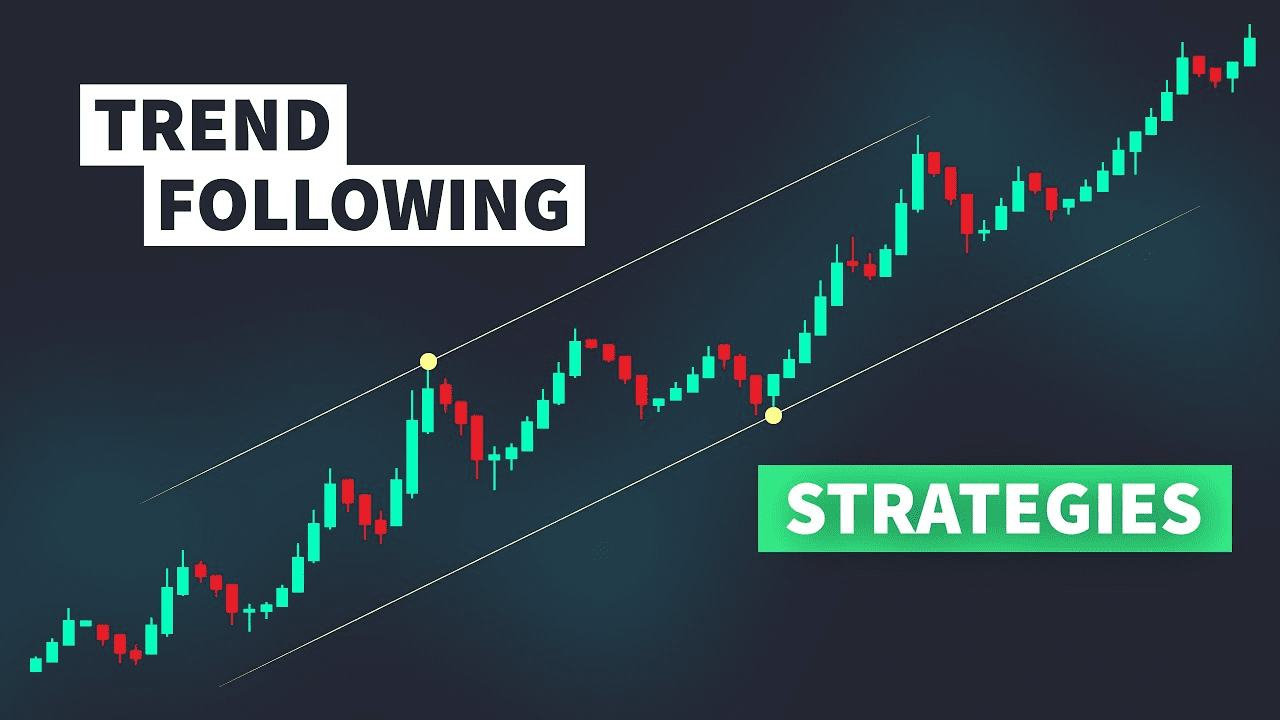
Table of Contents:
- Introduction
- Understanding Trends in Forex Trading
- Benefits of Trend-Following Strategies
- Key Components of Trend-Following Strategies
- 4.1 Identifying the Trend
- 4.2 Entry and Exit Points
- 4.3 Position Sizing and Risk Management
- 4.4 Utilizing Technical Indicators
- Popular Forex Trend-Following Strategies
- 5.1 Moving Average Crossovers
- 5.2 Trendline Trading
- 5.3 Ichimoku Cloud Strategy
- 5.4 Parabolic SAR Strategy
- Psychology of Trend-Following
- Common Mistakes to Avoid
- FAQs about Forex Trend-Following
- Footnote
Introduction:
Forex trading is an ever-evolving landscape that demands traders to adapt to changing market dynamics. Among the various trading approaches, trend-following stands out as a powerful strategy. Trend-following involves trading in line with the prevailing market trend, with the aim of capitalizing on sustained price movements. In this article, we will explore the nuances of trend-following strategies, from understanding trends to implementing them effectively, while also addressing common questions and challenges traders might encounter.
Understanding Trends in Forex Trading:
Trends are the foundation of technical analysis in Forex trading. A trend is the general direction in which the market is moving over a specified period. It can be classified as an uptrend (higher highs and higher lows), a downtrend (lower highs and lower lows), or a sideways trend (range-bound movement). Recognizing the type and strength of a trend is pivotal for successful trend-following.
Benefits of Trend-Following Strategies:
Trend-following strategies offer several advantages, including reduced market noise, clear entry and exit signals, and the potential for high-profit trades. By aligning with the prevailing market direction, traders are more likely to enter trades with the wind at their back, increasing the probability of success. Additionally, trend-following strategies can be less time-intensive compared to other trading approaches.
Key Components of Trend-Following Strategies:
Successful trend-following strategies involve a series of essential components:
a) Identifying the Trend: Determining the current market trend is the first step. Traders can use tools like trendlines, moving averages, and trend indicators to establish the direction of the market.
b) Entry and Exit Points: Identifying optimal entry and exit points is critical. Traders often look for confirmations, such as trendline breaks or moving average crossovers, before entering or exiting a trade.
c) Position Sizing and Risk Management: Managing risk is crucial in trend-following strategies. Traders should only risk a small portion of their capital on each trade and adjust position sizes based on market volatility.
d) Utilizing Technical Indicators: Technical indicators like moving averages, MACD, and RSI can provide valuable insights into trend strength and potential reversals.
Popular Forex Trend-Following Strategies:
Various trend-following strategies are employed by traders to navigate the Forex market:
i) Moving Average Crossovers: This strategy involves using two different moving averages, typically a short-term and a long-term one. A crossover occurs when the short-term moving average crosses above or below the long-term moving average, signaling potential changes in trend direction.
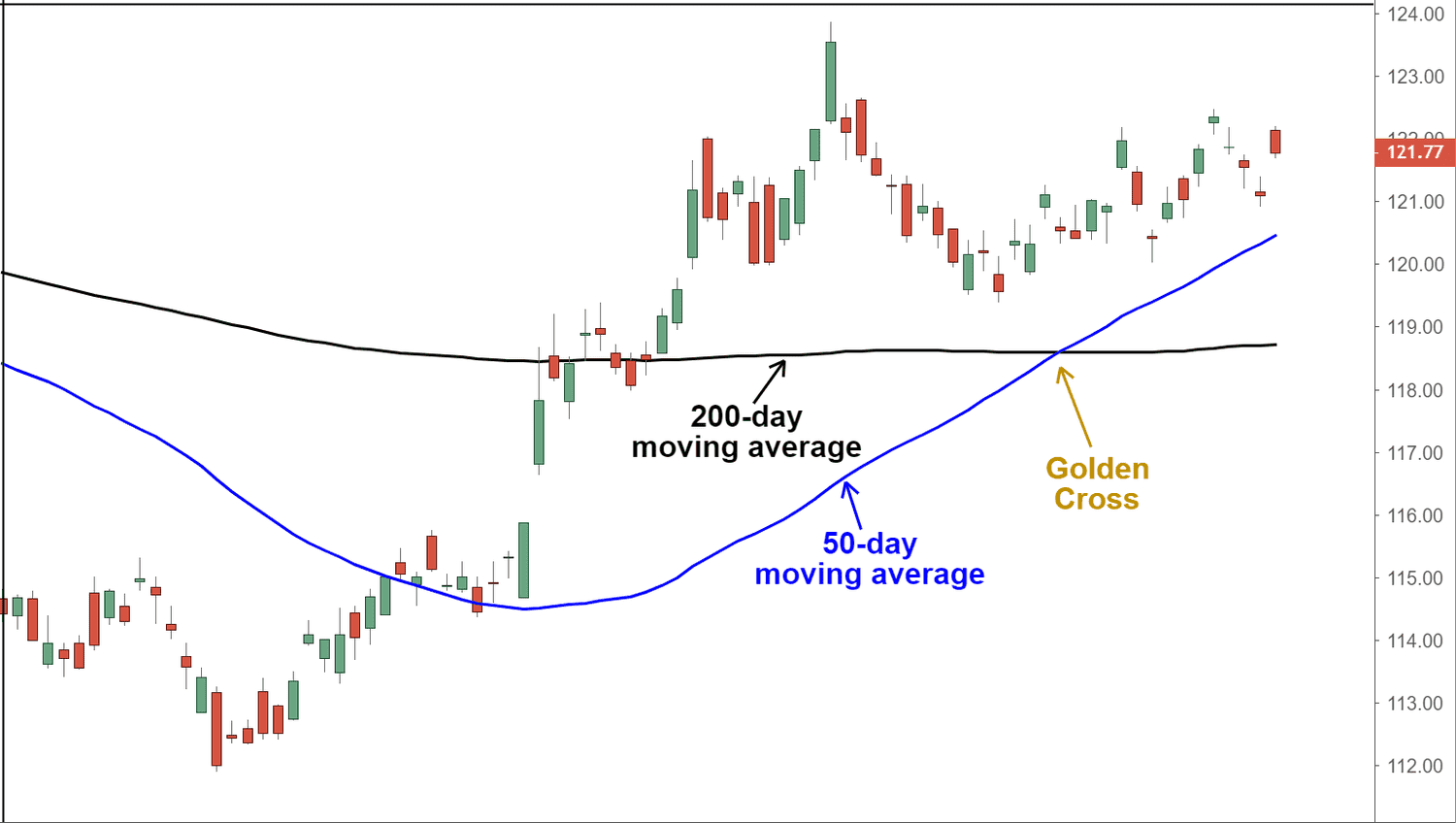
ii) Trendline Trading: Drawing trendlines on a price chart helps identify trends. Traders look for price to bounce off these lines, indicating potential support or resistance levels and trend continuation.
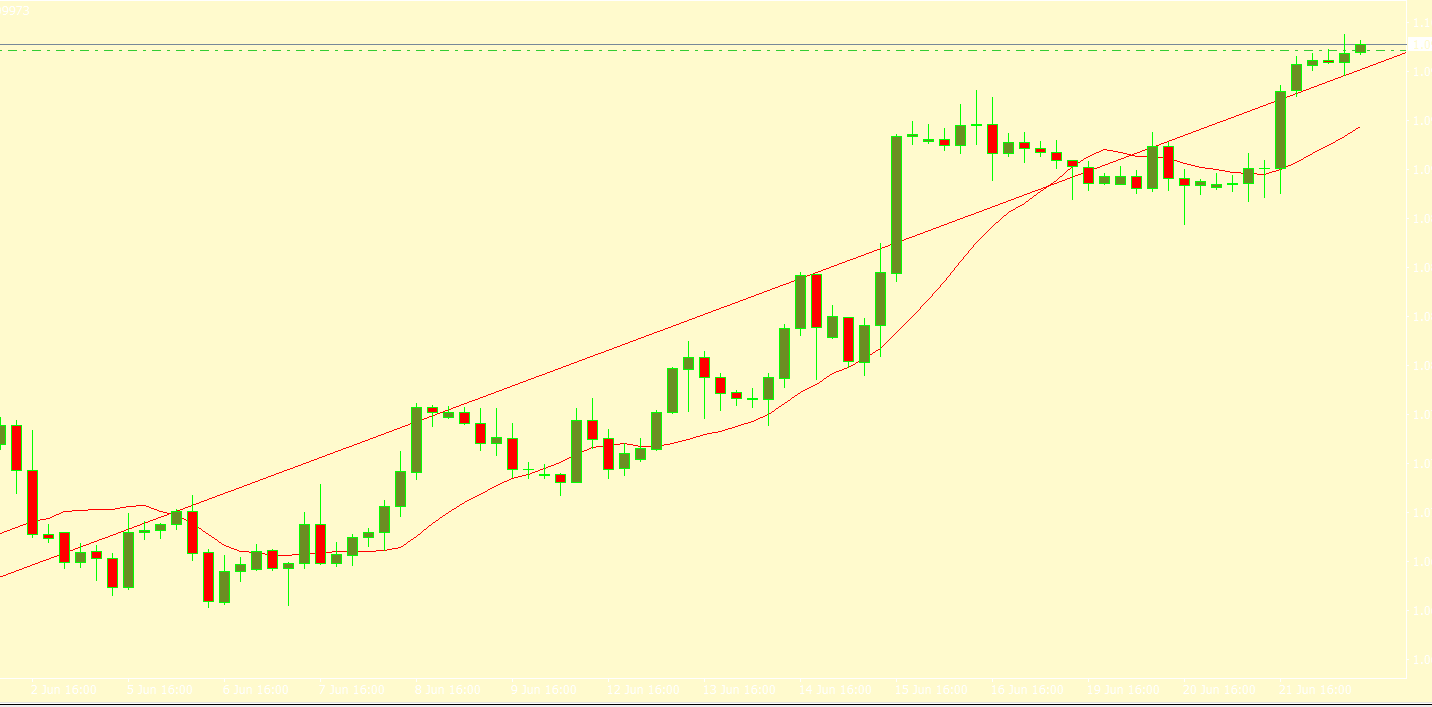
iii) Ichimoku Cloud Strategy: The Ichimoku Cloud is a comprehensive indicator that provides information about trend direction, support and resistance levels, and potential future price movements.
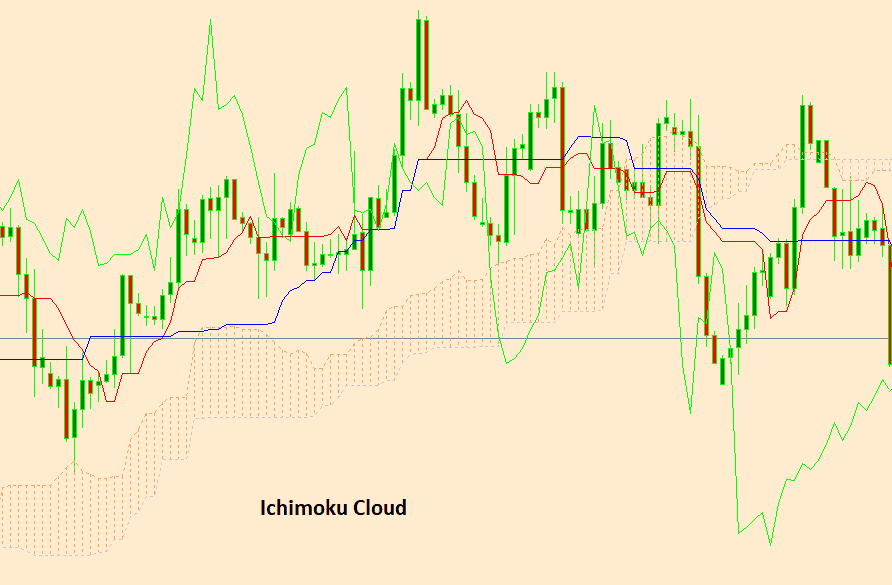
iv) Parabolic SAR Strategy: The Parabolic SAR (Stop and Reverse) indicator places dots above or below price candles, indicating potential trend reversals. Traders use these signals to adjust their positions.
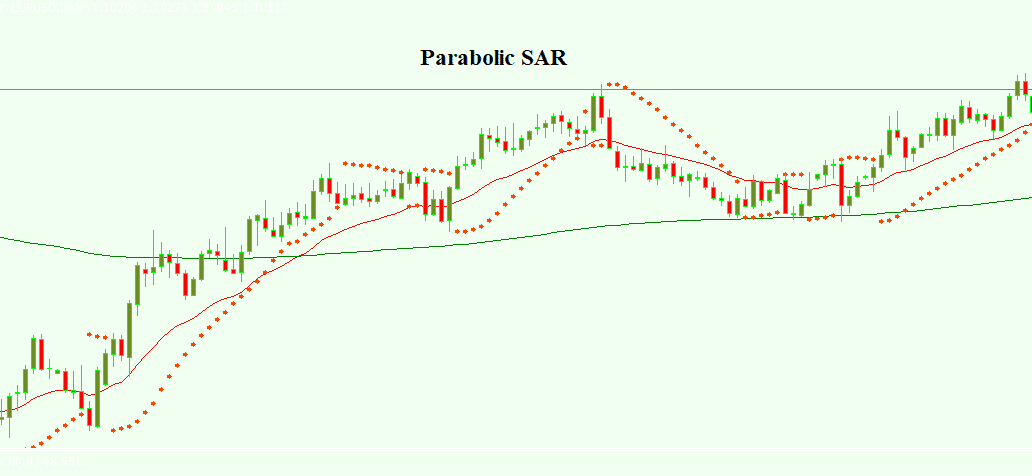
Psychology of Trend-Following:
Trend-following requires discipline and patience. Traders must suppress the impulse to predict market movements and instead focus on reacting to confirmed trends. Emotional control is key to avoiding impulsive trades that can undermine the effectiveness of trend-following strategies.
Common Mistakes to Avoid:
Traders often fall into certain pitfalls when employing trend-following strategies:
- Chasing the Market: Trying to enter a trade after a trend is well underway can lead to missed opportunities and increased risk.
- Ignoring Risk Management: Neglecting proper risk management can lead to significant losses, even if a few trades are successful.
- Overcomplicating Strategies: Using too many indicators or complex strategies can lead to confusion and poor decision-making.
FAQs about Forex Trend-Following:
Q1: What is the Forex market trend?
A: The Forex market trend is the general direction in which currency pairs are moving over a certain period. Trends can be uptrends (rising prices), downtrends (falling prices), or sideways trends (range-bound movement).
Q2: Are trend-following strategies suitable for all traders?
A: Trend-following strategies can be used by traders of various skill levels. However, they require discipline, patience, and adherence to risk management principles.
Q3: How do I identify the beginning of a trend?
A: The beginning of a trend can be identified through tools like moving average crossovers, breakout patterns, or trendline breaks. Confirmation is key before entering a trade.
Q4: What are some reliable risk management techniques?
A: Risk management techniques include setting stop-loss orders, diversifying your trades, not risking more than a small portion of your capital on a single trade, and adjusting position sizes based on market volatility.
Q5: Can fundamental analysis complement trend-following strategies?
A: Yes, fundamental analysis can provide additional context to trend-following strategies. It can help traders understand the underlying reasons for trends and potential trend reversals.
Footnote:
In summary, mastering trend-following strategies is a valuable skill for Forex traders seeking consistent profits. By understanding trends, identifying entry and exit points, and managing risk effectively, traders can enhance their chances of success in the dynamic world of Forex trading. Discipline, patience, and a clear understanding of market psychology are crucial for effectively implementing trend-following strategies and navigating the complexities of the Forex market.











Discussion